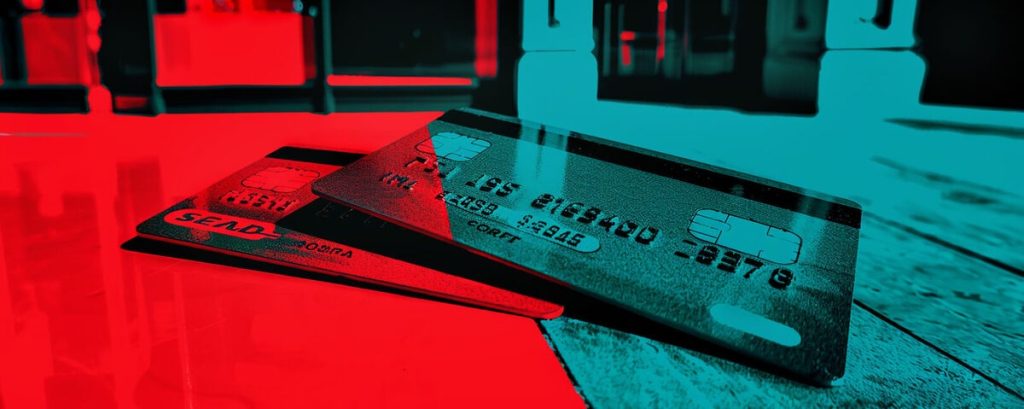Credit card chargebacks are a frequent issue for merchants, leading to lost revenue, added fees, and the potential loss of payment processing privileges. This guide explains what chargebacks are, the process behind them, and how merchants can minimize their impact with data-backed strategies.
Introduction to Chargebacks
Chargebacks were established as a consumer protection mechanism through the Fair Credit Billing Act of 1974. They allow cardholders to dispute transactions they believe are unauthorized or erroneous. In 2023, chargebacks cost businesses over $30 billion globally, affecting revenue and operational efficiency.
While beneficial for consumers, chargebacks pose challenges for businesses, including financial loss and damage to merchant accounts.
Key Chargeback Facts:
- Dispute period: Consumers have between 60-120 days to initiate a chargeback.
- Fees: Merchants face fees ranging from $15 to $100 per chargeback, depending on the processor.
- High chargeback ratio consequences: Ratios above 1% can result in penalties, including higher processing fees or loss of account.
The Chargeback Process
Chargebacks are not immediate refunds; they are initiated only after a transaction is processed. The process involves several stakeholders, including the cardholder, issuing bank, and merchant.
Steps in the Chargeback Process:
- Customer files a dispute: The cardholder disputes a charge, citing fraud, clerical errors, or unrecognized purchases.
- Issuing bank contacts the merchant: The bank requests evidence to verify the transaction.
- Merchant provides documentation: The merchant must present proof, such as receipts or shipping confirmation.
- Resolution: The bank decides whether the merchant keeps the funds or the chargeback is upheld.
Common Chargeback Reasons:
- Fraud: Unauthorized use of a credit card.
- Friendly fraud: The customer disputes a legitimate transaction, often due to confusion over billing.
- Clerical errors: Incorrect amounts or double charges.

Impact on Merchants
Chargebacks affect merchants in two major ways: financial costs and operational burden.
Financial Costs:
- Fees: Merchants are charged $20 to $100 per chargeback, depending on the processor.
- Lost revenue: Not only is the sale amount lost, but in many cases, the product isn’t returned either.
- Increased processing fees: Businesses with high chargeback ratios may face fee hikes up to 1%.
Operational Burden:
- Time: Managing chargebacks requires time spent gathering documents and corresponding with banks.
- Training and customer service: Staff must be trained in handling disputes, adding to operational costs.
Merchanto.org, an official partner of VISA and MasterCard, provides tools for chargeback prevention. Businesses using their services have seen reduced dispute rates. Visit Merchanto.org for details.
Table 1: Financial Impact of Chargebacks
| Impact | Details | Cost Estimate |
|---|---|---|
| Chargeback Fees | Processor-imposed per dispute fee | $20 – $100 per incident |
| Lost Revenue | Revenue loss from disputed transactions | Varies (based on transaction) |
| Increased Processing Fees | Higher fees for excessive chargebacks | 0.5% – 1% increase in fees |
| Penalties | Fines or account termination | Up to $500 per violation |
Preventing Chargebacks
Preventing chargebacks is essential to avoid the time, cost, and effort of disputing them. Below are proven prevention methods:
Key Prevention Methods:
- Clear Return Policies: Display easy-to-find return and refund policies on your website.
- Accurate Product Descriptions: Misleading product descriptions lead to customer dissatisfaction and disputes.
- Billing Descriptors: Ensure billing descriptors on statements are clear and recognizable, as 25% of chargebacks stem from unrecognized transactions.
- Fraud Detection Tools: Utilize fraud detection tools, such as multi-factor authentication and IP address verification, to prevent unauthorized transactions.
Table 2: Chargeback Prevention Methods
| Method | How It Helps |
|---|---|
| Clear Return/Refund Policies | Prevents disputes over unclear or inaccessible policies |
| Accurate Descriptions | Reduces claims for “item not as described” |
| Fraud Detection Tools | Prevents fraudulent transactions |
| Recognizable Billing Descriptors | Avoids confusion over charges |

Handling Chargebacks: Best Practices
When a chargeback is initiated, responding quickly and with the correct documentation is crucial. Below are best practices for managing chargebacks effectively:
Steps for Handling Chargebacks:
- Gather Documentation: Keep records of every transaction, including receipts, shipping confirmations, and communication logs.
- Respond within deadlines: Deadlines typically range from 10-45 days. Missing these results in automatic loss of the chargeback.
- Submit strong evidence: Provide comprehensive evidence, including proof of delivery and customer communication.
- Collaborate with payment processors: Work with your processor to ensure that your business is compliant and prepared for disputes.
Table 3: Essential Documents for Chargeback Disputes
| Document Type | Purpose |
|---|---|
| Transaction Records | Proof of payment, including itemized receipts |
| Shipping Information | Proof of delivery (tracking numbers, receipts) |
| Communication Logs | Shows customer interaction before dispute |
| Return Documentation | Proof that the customer was refunded or refused return |
Post-Resolution Steps
After a chargeback dispute is resolved, there are still necessary steps to ensure future protection:
- Update policies: If the chargeback was due to unclear policies, revise them to reduce future occurrences.
- Store records: Keep all chargeback-related documentation for at least 18 months for future reference.
- Improve fraud detection: Evaluate whether current fraud prevention tools can be enhanced based on the dispute.
Conclusion
Handling credit card chargebacks efficiently requires a clear understanding of the process, effective prevention strategies, and timely responses to disputes. By maintaining detailed records, improving communication with customers, and employing advanced fraud detection tools, businesses can minimize chargeback occurrences.
By focusing on clear facts, this guide provides merchants with actionable strategies to handle and prevent chargebacks, backed by data and expert advice.



